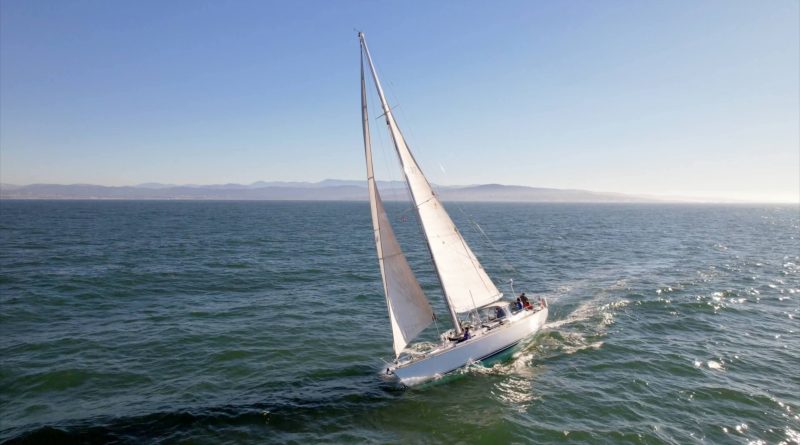
‘Mr. Fun’ Wins Charles Langlais Trophy Posthumously
“I am very happy to announce that Dick Loomis, aka Mr. Fun, has won a posthumous award from the Pacific Coast Yachting Association for his amazing ability to bring people together to have fun on and around the water,” writes Richmond Yacht Club‘s commodore, Rich Deveau.
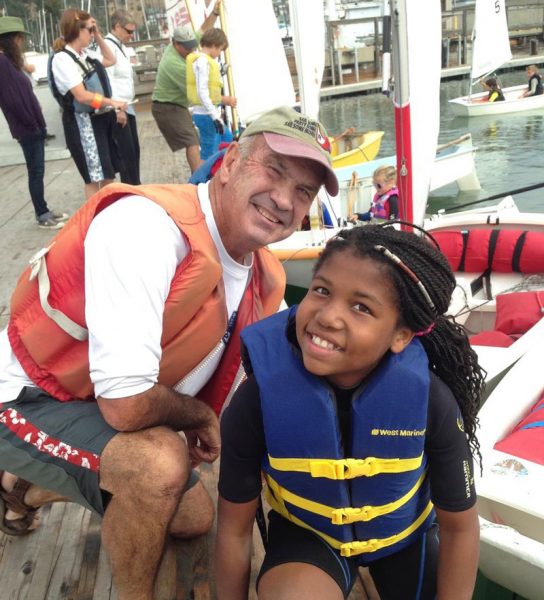
“It gives me great pleasure to inform you that the Pacific Coast Yachting Association (PCYA) has awarded the Charles A. Langlais Trophy to Dick Loomis posthumously,” announced Winston Bumpus, staff commodore of PICYA and PCYA. “The Pacific Coast Yachting Association recognizes that every yacht club and boating organization depends upon willing and eager volunteers to promote the wide variety of programs that boaters enjoy.”
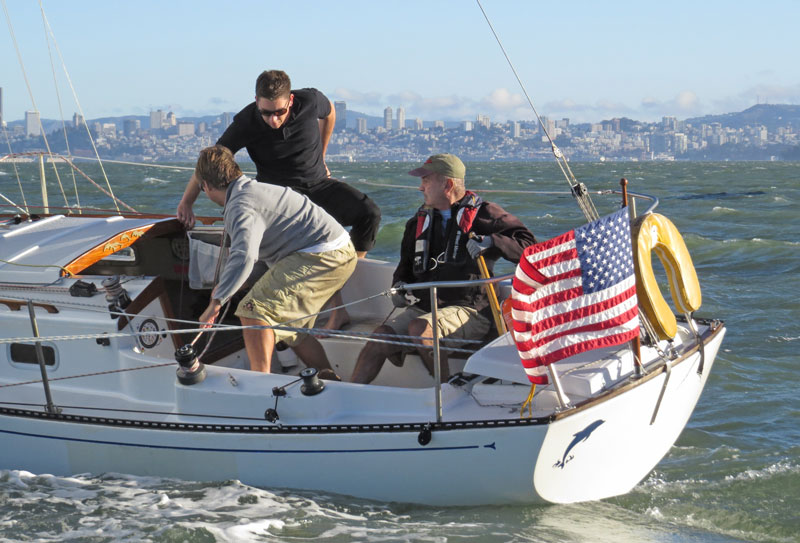
PCYA staff commodore Charles A. Langlais first won this trophy in 1926, sailing the R Class boat Lady Gay in that year’s Championship Regatta of the Pacific Coast Yachting Association. In 1976, Langlais rededicated it to be awarded annually to an individual for “exceptional, outstanding and meritorious service to the sport of yachting.”
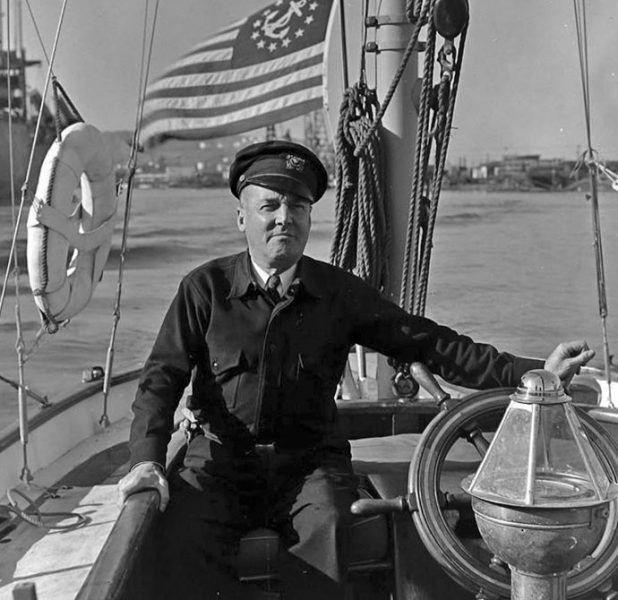
“Mr. Fun was the epitome of this special award, which is awarded once a year to the best of the entire West Coast, from Mexico to and including Canada,” writes Winston Bumpus.
“The actual presentation of the perpetual and keeper trophies will be made in June at the Lipton Cup awards ceremony,” advises Vince Casalaina, who nominated Dick for the award. “That is especially fitting, as without Dick’s efforts there might never have been a revitalized Lipton Cup. His daughter Kelly will be there to accept the award.”
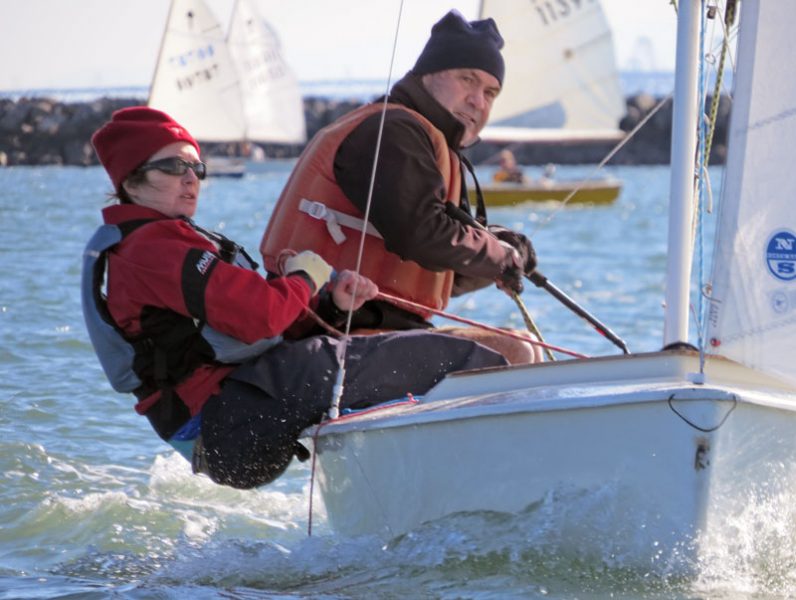
Dick was also PICYA Yachtsman of the Year in 2021.
Caption Contest(!)
It’s Caption Contest(!) time, folks! Our favorite day of the month. As always, go hard on the comments, and check last month’s winner and next top ten in the March issue of Latitude 38.
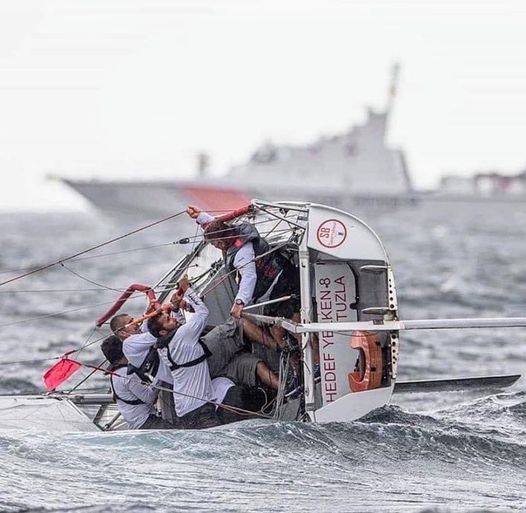
SailGP — Mubadala United States Sail Grand Prix San Francisco
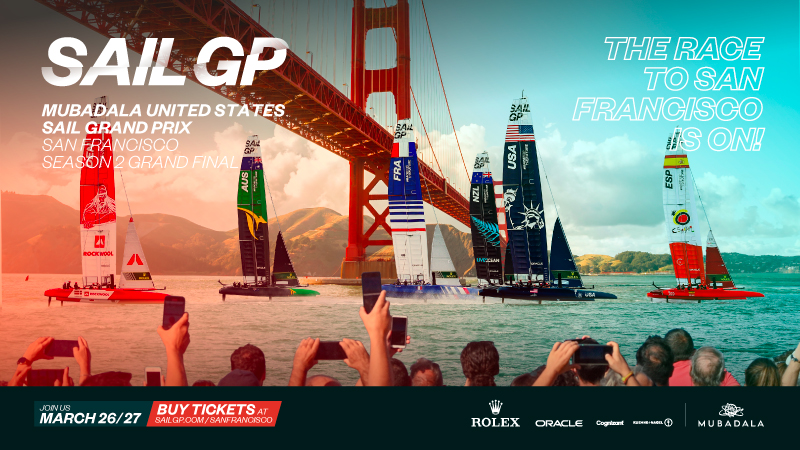
The Toll of an Expanding Treasure Island and Bay Area
For whom does the bell toll? For those looking to hit the shores of Treasure Island to go sailing after 2024, it may toll for thee.
For more than 10 years, city planners have been considering a toll to enter and leave TI as a way to “subsidize more transit options in preparation for an expected population boom over the next decade,” the San Francisco Chronicle reported, referring to the proposed 8,000 units set to be developed on the man-made island between San Francisco and Oakland. Planners say they hope to reduce traffic congestion by discouraging driving to the island, and pay for more public transit options as Treasure Island continues to grow. (When we wrote about the toll last year, we said that there were plans to subsidize some of the development itself with the tolls. That does not appear to be the case, but if you have evidence to the contrary, please let us know.)
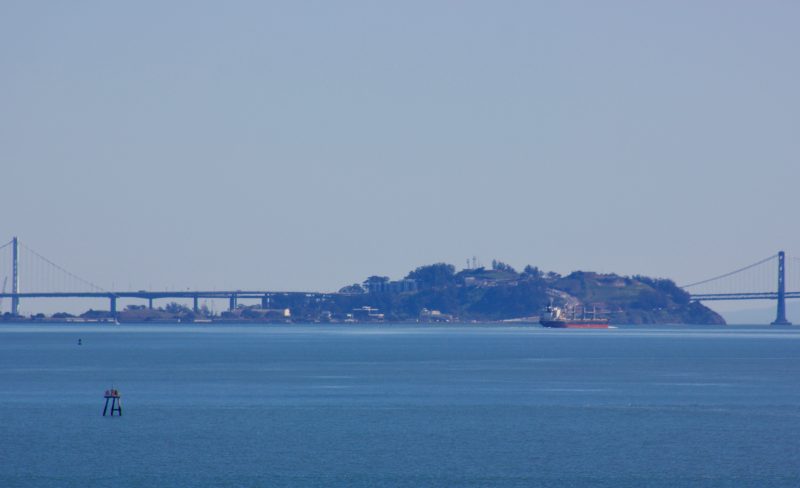
The proposed toll has caused an uproar in the sailing community, with fears that additional tolls could make sailing out of Treasure Island cost-prohibitive. There is a petition circulating, and sailing and access advocates are urging people to write the San Francisco Board of Supervisors to oppose the toll. (Links will be provided below.)
The proposal calls for a $5 toll each way onto and off Treasure Island at peak hours during the morning and afternoon commute; a one-way toll for off-peak hours on weekdays and weekends would cost $2.50. (Don’t forget that there’s already a $7 bridge toll westbound from Oakland, so someone from the East Bay going sailing at TI during peak hours could potentially pay $17 for a session.) Access to Treasure Island via car would be free between 8 p.m. and 8 a.m. on weekends, and 7 p.m. and 5 a.m. on weekdays, the Chronicle said, adding that exemptions from the toll will abound. “Residents who’ve lived on the island since 2019 will be exempt from having to pay the tolls, though new residents would not. The tolling plan also includes discounted rates for ‘moderate-income’ and ‘low-income’ motorists. The tolls wouldn’t apply to motorists who make less than 55% of the region’s median income.”
And what about sailors?
“A toll of this magnitude would dismantle the community that we have worked hard to build over the past 20 years,” said Carisa Harris-Adamson, the chair of the board of directors at the Treasure Island Sailing Center. A nonprofit, TISC said that their mission is to provide access to the Bay and to sailing for people of all ages, races, ethnicities, genders, and sociodemographic backgrounds. “We provide low-cost education and recreation opportunities to children and youth in our community. Between 50-100% of our families receive partial and full scholarships; many would not qualify for the toll subsidies. The current toll structure amounts to $10 per trip to visit TI, and $20 per day to drop off a child that is attending camp.”
TISC said that while they “support increasing access to safe public transportation on and off the island from both San Francisco and the East Bay, the implementation of a costly toll presents some real challenges that need discussion and problem solving before its approval and implementation.
“Therefore, we respectfully ask that the toll as proposed not be approved at this time.”
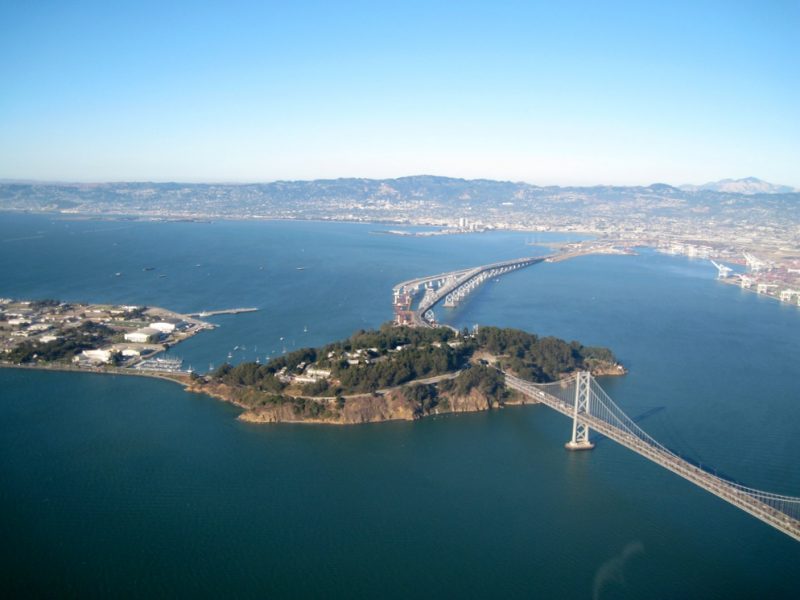
The change.org petition against the Treasure Island toll alleges that the proposed fee “violates the State Land Grant that gave TI to the city; it violates the Final [Environmental Impact Review] that specifies how TI can be developed; it violates the BCDC permit that clearly stipulates that recreational users have free and unrestricted access to the waters at TI; and it violates AB 981 [the Treasure Island Transportation Management Act] that requires clear benefits to those that pay the toll.”
According to The Frisc, the SF Board Sailing Association also said that charging recreational users violates a state law enforced by the Bay Conservation and Development Commission. A BCDC staff member wrote a letter to toll planners explaining that they “may need a BCDC permit or permit amendment for the tolls.” We reached out to determine what permits were required, but have not heard back.
In our quick-and-dirty analysis, we are not prepared to say what is or isn’t legal, and we suspect that the answer will come after lengthy and expensive deliberation among lawyers.
It might be easy to feel an automatic, righteous outrage against the proposed TI toll. (That was our first knee-jerk reaction.) And when it comes to TISC, we are unequivocally in support of ensuring affordable, easy access to sailing. Surely there’s a way to exempt or greatly discount people going to and from the Treasure Island Sailing Center. (We’re thinking about instructors and employees, too.)
But we recognize that there are tolls that need to be paid. It would be easy to be reactively anti-development and bemoan new housing that makes the Bay Area more crowded and more expensive. We know that we need housing, and that we need to manage the estimated increase of 1.1 million more automobiles by 2040, according to the Sierra Club. We think Treasure Island would would be a cool place to live. And we think traffic sucks, and that people should drive less.
Unless it’s windy, of course.
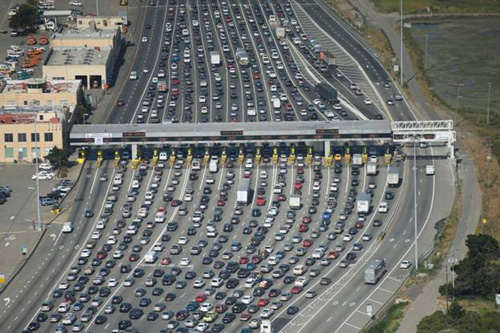
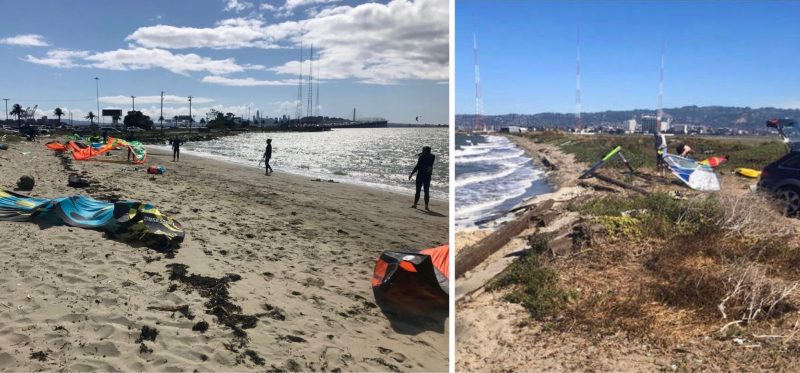
This writer drives about 4,000 miles a year chasing wind, and crosses a bridge almost 100 times a year. Both those miles and that amount of toll money, are relatively low, but that’s still a lot of single-occupancy-vehicle miles to go sailing.
We also unequivocally support sailors of all stripes, especially ‘boarders’, and providing them with affordable access to the Bay. Is there an easy way to exempt sailors from excessive tolls — maybe a high-frequency pass? (Then we’d have to assume that every new resident of Treasure Island will take up windsurfing so that they qualify for the pass.)
Unless anyone wants to support strict population-control measures or a one-child policy, we have to recognize that every person, whether recreating or commuting to work, is part of the maddening crowd. Who is going to make sacrifices? Who is going to pay the toll?
Here’s a link to the change.org petition.
The Treasure Island Sailing Center is asking people to write their San Francisco Board of Supervisors representative and urge them to vote no on the proposed TI toll. TISC said they’re asking for “safe and economical public transportation for kids, reasonable accommodations for parents who have to drop off young children, and annual passes for staff and volunteers who use the island frequently.”
Upstream from the Downstream Problem of Mylar Balloons
On Monday we posted a positive story on the rescue of Mylar balloons overboard by the Passport 37 Sula. It was heartwarming to see the good work done by sailors Carolyn Rosner and Mike Hay. On Wednesday we went into Safeway to rediscover what they and the world are up against.

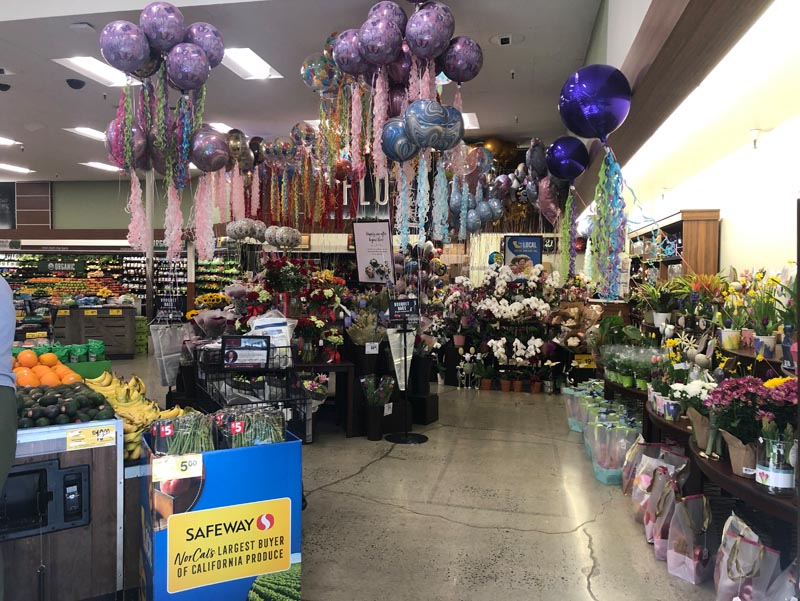
The world can’t live without plastic, but there are certainly some plastics we can live without. Single-use plastic water bottles and Mylar balloons are two of them. They both are probably very profitable to Safeway and contribute to shareholder value. Clearly, Mylar balloons don’t take up valuable shelf space, and they never rot or go bad like so many other things in a grocery store.
We can see the appeal of quick, festive solutions to our desire to have fun, but we can also see that Mylar balloons are not a safe way for the planet to have us commemorate our various human celebrations. As Carolyn and Mike said, “Friends don’t let friends buy Mylar balloons.”
A Thank-You to Sailors Who Clean Up the Bay
Sometimes we share negative stories about the state of the Bay, such as our story today about how balloons are a blight upon the waterways. We know it doesn’t feel good to read about all the plastic and other types of trash and pollution that are entering our oceans, but we share the stories in the hope of creating awareness of the issues, some of which we can all help to improve. On the flip side, we also love to share positive stories such as this one, in which we thank the sailors who recently cleaned up near Sequoia Yacht Club.
Sequoia YC member Edward Stancil had taken Nick Reyna out on his boat so that Nick could check the local GPS receivers. On the way, the pair noticed a lot of trash lying about on the beach and at the water’s edge. And while Nick was in the marsh doing his job, Edward started picking up the trash.
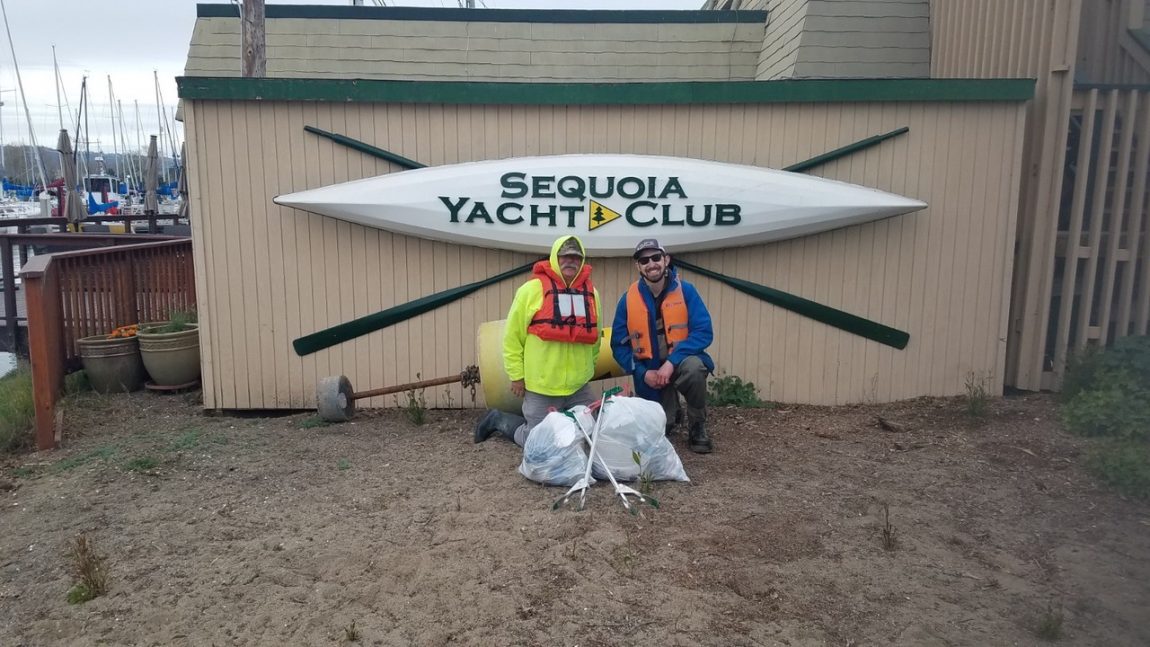
Edward filled two trash bags. “We always keep a pair of trash grabbers on our boat,” he said, and added that one of the more interesting items found during the cleanup was a yo-yo from Bank of America. “There was an incredible amount of garbage. It was easy pickings.”
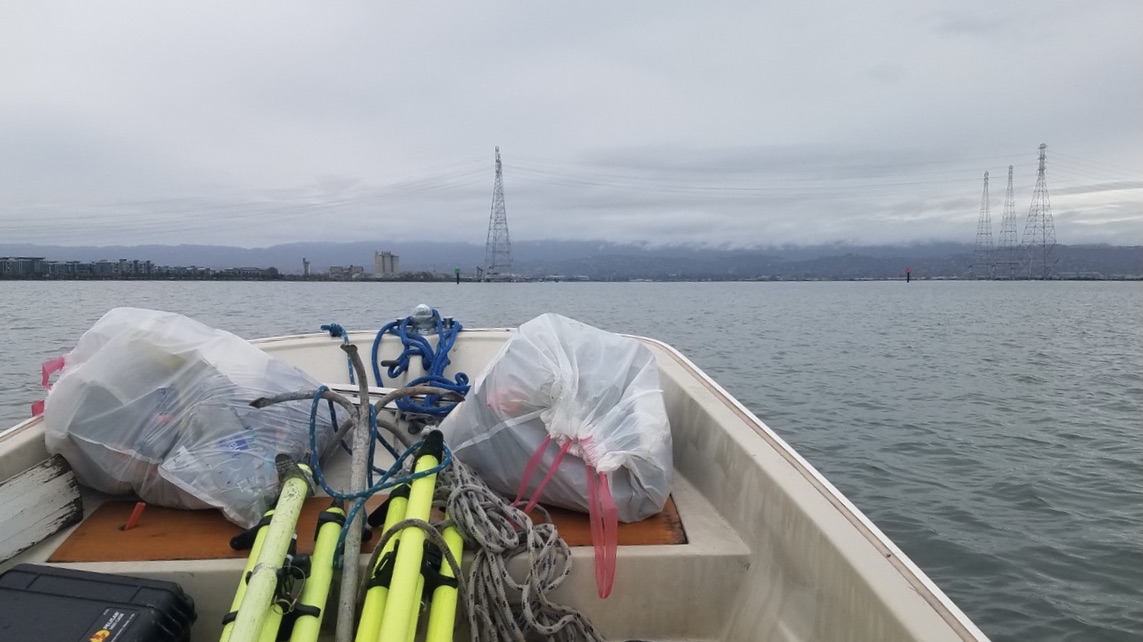
Edward also commented on how quickly some of the plastic breaks into smaller pieces. We can see how that could be a good thing, but ultimately it makes debris harder to pick up. Hence the problem regarding microplastics.
Have you been picking up trash from the shoreline, or scooping it out of the water? Let us know, and send us a photo. We’ll see whose pile is biggest!
Thanks to Edward, and Helen, who helped launch and retrieve the boat, and all the sailors and beach walkers and swimmers — everyone who cleans up their local area, or wherever they happen to be. You’re all heroes in our eyes.
Shearwater Sailing: Experience SailGP on the Water!
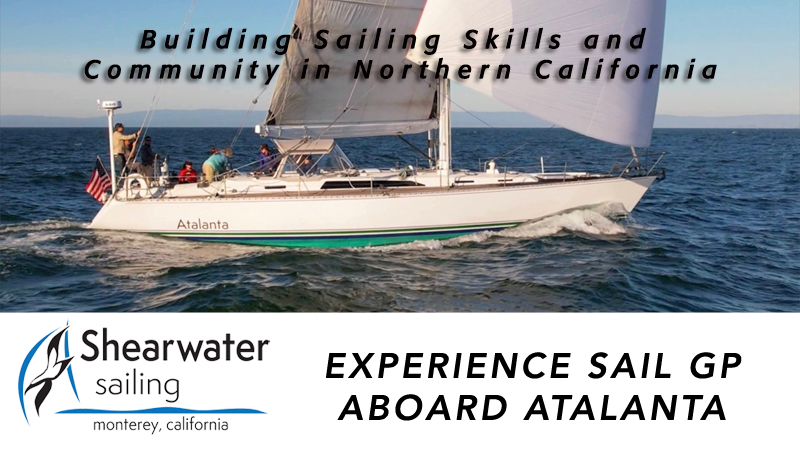
Upcoming Opportunities:
March 23, Monterey to San Francisco (FULL)
March 26, SailGP viewing and sailing on S.F. Bay
March 29 – April 29, private charter daysails on S.F. Bay
April 8-10, ASA 106 Advanced Coastal Cruising (Offshore)
April, San Francisco Bay Charters
April 30, San Francisco to Monterey (FULL)
For more information and booking visit: https://www.shearwatersailing.net
